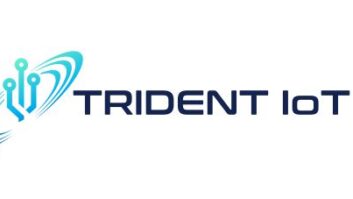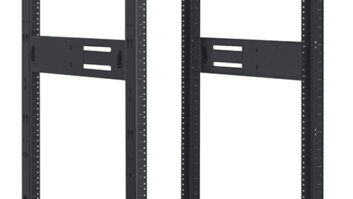Austin, TX–NetStreams’ DigiLinX IP audio, video, and control system now meets the Reduction of Hazardous Substances (RoHS) Directive as adopted by the European Union. In addition to RoHS, DigiLinX is also in full compliance with E.M.C./C-TICK certification standards.
“As a company that sells products around the world, not only are we required
to meet country specific compliance regulations, environmentally speaking,
it’s the right thing to do,” said Kevin Reinis, president and CEO of
NetStreams. “The distributed nature of the DigiLinX system architecture
already yields a much smaller carbon footprint than a centralized solution.
Add to that RoHS compliance, and NetStreams DigiLinX system delivers an
even more environmentally friendly product.”
NetStreams’ DigiLinX IP audio, video, and control system is the industry’s first
multi-room AV system to deliver uncompressed audio and high-definition
video to multiple rooms throughout a home over a TCP/IP network.
NetStreams’ StreamNet technology provides an end-to-end all digital solution
with AV signal synchronization, automatic device discovery and
configuration, remote access for control, and software upgrades, insuring the
flawless synchronization of audio and video throughout.
NetStreams has committed to reducing its impact on the environment and
conforming to the European Union standards. Becoming RoHS compliant means that NetStreams has reduced the amount of hazardous substances found in its electrical and electronic equipments, such as lead, cadmium, mercury, hexavalent chromium, polybrominated biphenyl (PBB) and
polybrominated diphenylether (PBDE) flame retardants, to name a few.
As mandated by the Australian Communications Authority, DigiLinX now meets the E.M.C./C-TICK manufacturing and labeling requirements, earning the C-TICK “check mark” on its products. The EMC framework is intended to ensure that most electrical and electronic products sold on the Australian market are constructed so they do not cause excessive electromagnetic interference (EMI) and their performance is not adversely affected by electromagnetic interference.







